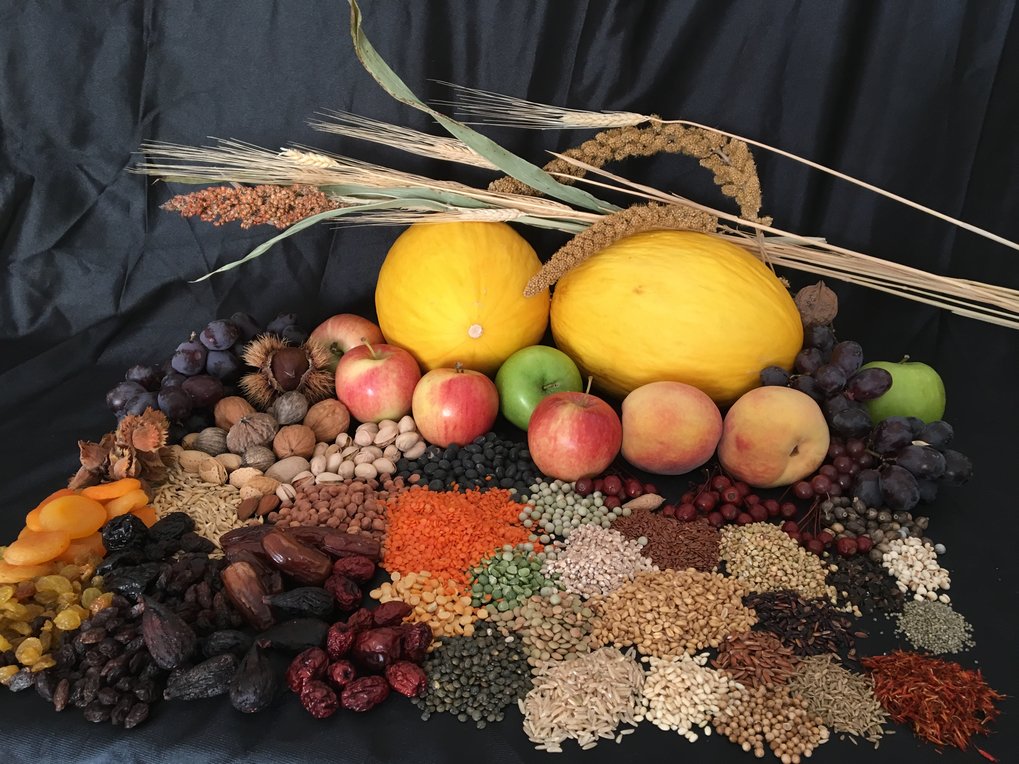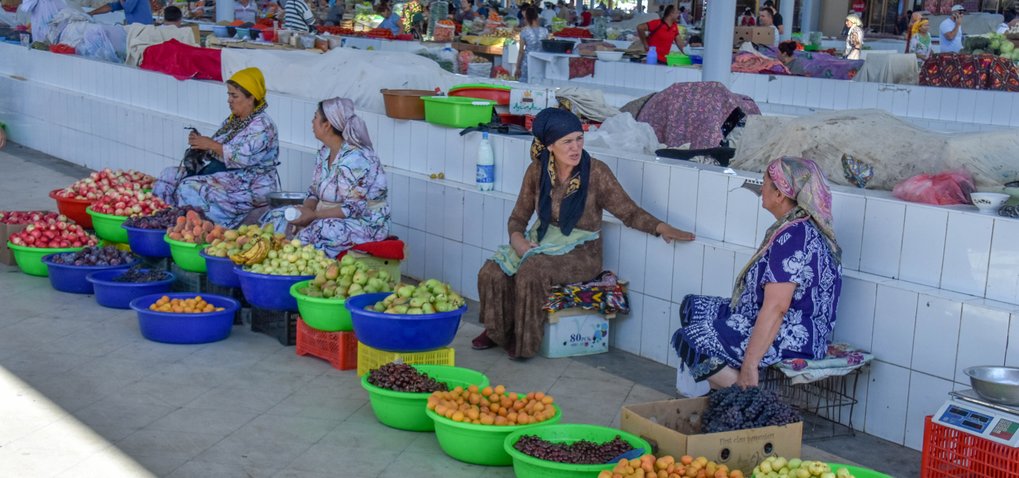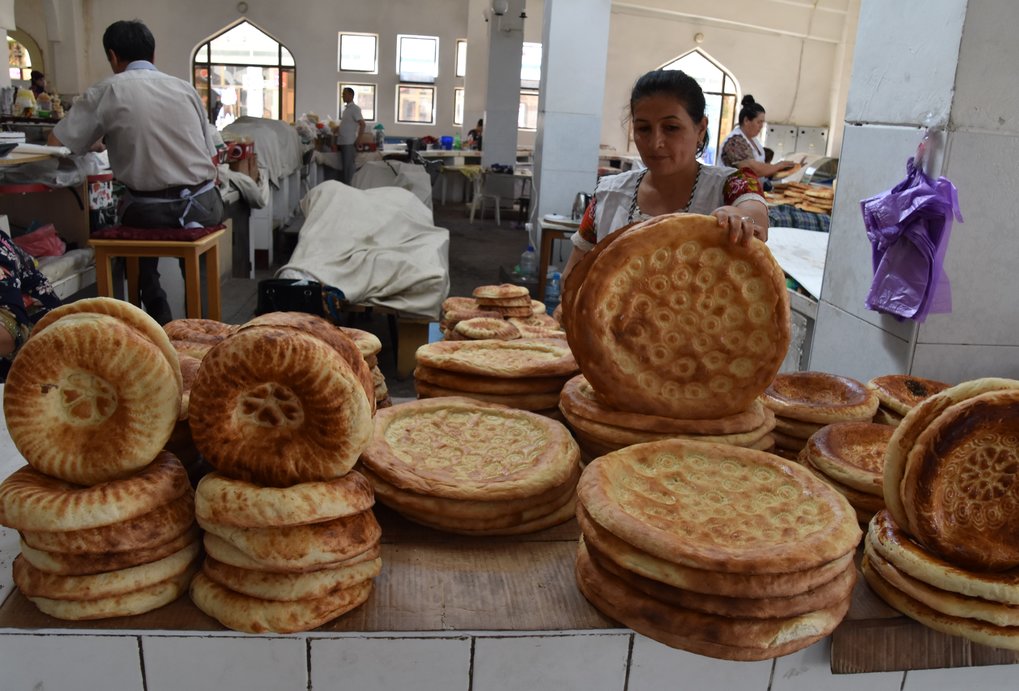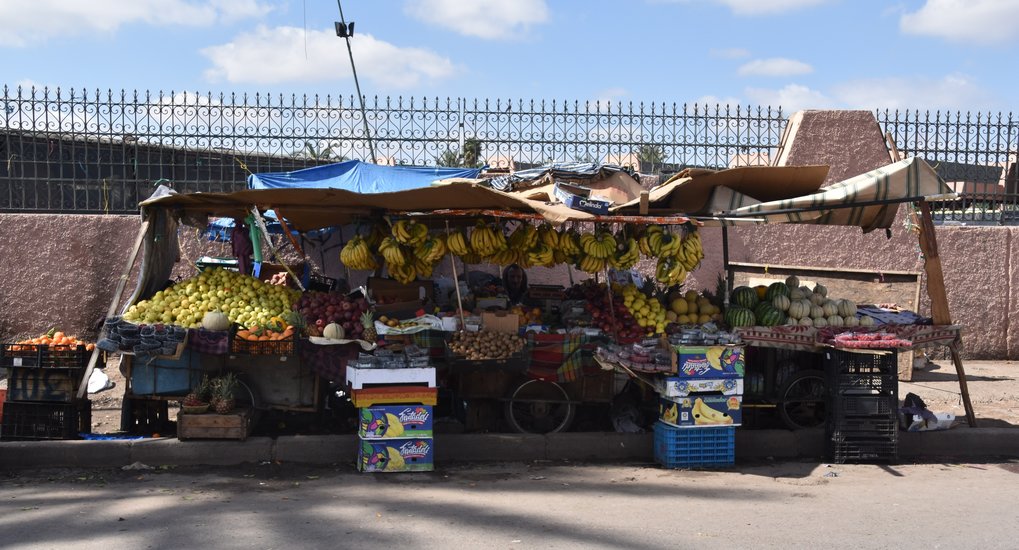
The Silk Road was more than just a fable and it was traveled by real people, not just mythical figures such as Marco Polo. Dr. Robert Spengler’s new book examines this trade route and its history, and how it came to have such a great impact on the foods we eat today. People in ancient Central Asia were at the heart of this historically documented trade and they are directly responsible for shaping cultures across Europe and Asia. However, few history books talk about the ancient occupants of urban metropolises in the Kara Kum or Kyzyl Kum deserts, cities at the center of the corridors of communication. Irrigated field systems fed these urban centers and they fit into a network of “caravanserai”, or caravan stops, and mountain villages and homesteads. Organized trade routes and established markets were in place by the end of the first millennium BC, when the Han Dynasty came to power in China.
Recently, more and more archaeological evidence is coming to light that shows that even long before this organized system of commerce that we now know as the Silk Road, people were already facilitating the spread of innovations, goods, and ideas through the mountain foothills of Inner Asia. The river valleys in these foothills contained arable land and rich forests. The glacial melt streams in these valleys facilitated the cultivation of crops and the dispersal of domesticated plants across Eurasia. While historians have overlooked these peoples, they left a profound impact on the modern world and the legacy of Central Asia’s past is seen all around us today.

In his new book, Dr. Spengler explores the lasting legacy of these ancient trade routes and the pre-Silk Road cultural dispersal through Central Asia, noting that many of the most familiar fruits, nuts, and grains in our kitchens today are actual artifacts of these exchange routes. “Fruit from the Sands: The Silk Road origins of the foods we eat” also focuses on how the ancient exchange routes directly influenced the kinds of crops grown in fields across Europe, Asia, and eventually the Americas. The book, published on July 27 with the University of California Press, presents insights from several fields of scholarship, including archaeology, genetics, history, and art history, but focuses most closely on discoveries in Central Asia in the field of archaeobotany. Dr. Spengler summarizes significant advances in the study of ancient crops in this under-studied part of Eurasia. Despite dealing with a large corpus of new scientifically generated data, the book is accessible and written to attract a broader audience.
Tracing the spread of grain crops around Eurasia
Studies of plant remains from archaeological sites in Central Asia that span the past five millennia are informing scholars about what plants were grown in the past. Notably, by looking for the earliest appearance of East Asian crops in Central Asia, including millets, rice, peaches, and apricots, archaeobotanists can track the routes of spread into Europe and the timing of these dispersals. The ancient trade routes functioned like the spokes on a wagon wheel, with goods spreading into Central Asia from all corners of the ancient world and back out in all directions.

Many of the most familiar ingredients in Chinese cuisine today were introduced to East Asia in prehistory. For example, recent discoveries and new radiocarbon dates have shown that wheat arrived in northern China as early as the mid-third millennium BC, after passing through Central Asia. It would be hard to envision Chinese cuisine today without wheat-based noodles, steamed buns, and dumplings. Interestingly, rice is one of the most prominent grains in Central Asian cuisines today, but archaeobotanical studies are suggesting that it may have been a recent introduction to West Asia, possibly only taking hold in cultivation systems over the past five or six centuries.
These crops also spread with cultivation technology and advanced irrigation systems may have facilitated the increased prominence of rice in late medieval Central Asia. Likewise, the increased popularity of wheat in northern China during the Han Dynasty is likely a result of the introduction of crop-rotation cycles. Historical East Asian crop-rotation cycles relied on winter wheat, which originated in southwest Asia. Southwest Asian and southern European crop-rotation cycles relied on irrigated summer millets, which originated in East Asia. Therefore, the crop rotation cycles that provided the increased grain surplus that fed the growing agricultural centers across the ancient world were, in part, the result of this trans-Eurasian exchange.
The Central Asian origins of some of our most common fruits and nuts
In addition to the dispersal of crops to and from remote parts of Eurasia, Dr. Spengler shows that several familiar arboreal crops originated in the Central Asian mountain foothills. Recent archaeobotanical and genetic data illustrate that much of the genetic material for our modern apple and walnut comes from this region. Likewise, the center of origin for our modern pistachio is southern Central Asia and the northern Iranian Plateau. These ancient fruit and nut forests are now mostly lost today. Thousands of years of human activity in the mountains has resulted in deforestation and significant ecological changes. Like the fruit in your kitchen, the ecology of Central Asia is also an artifact of the ancient Silk Road.
“Fruit from the Sands” takes the reader along a journey across the deserts and mountains of Inner Asia, to ultimately end up on your dinner table. The book specifically tracks the several-millennia-long trek of many of the most familiar grains, fruits, nuts, and legumes as they crossed two continents.







